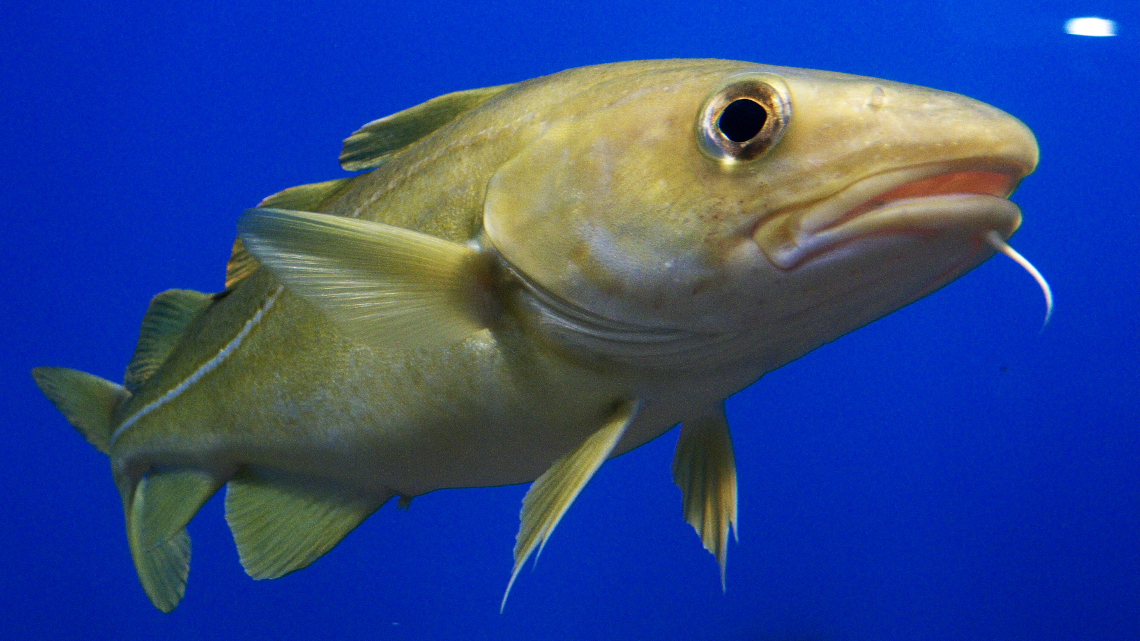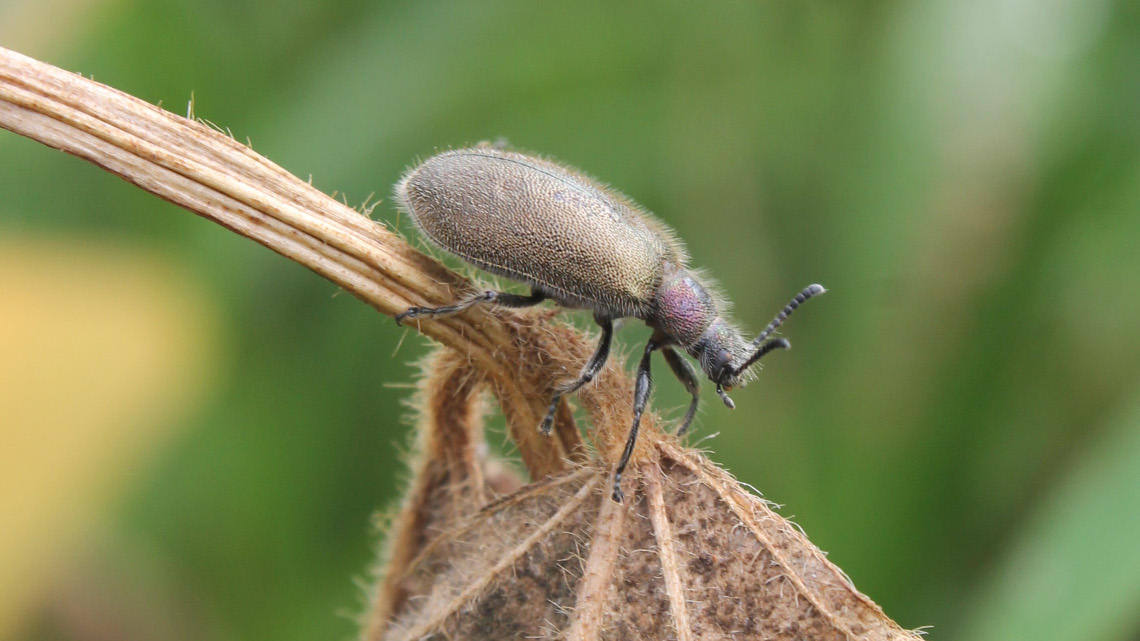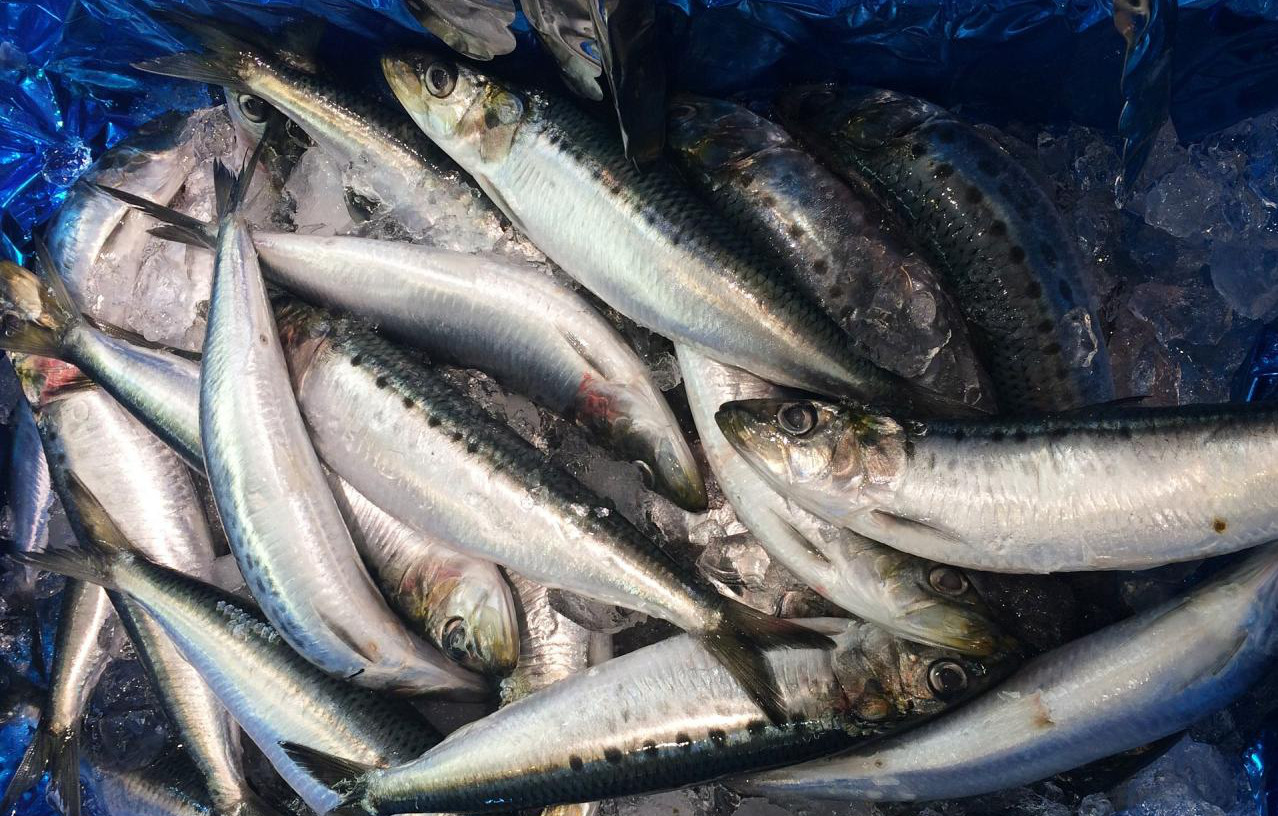Calculating the cod stock
Coastal researchers at the Helmholtz Centre Geesthacht have developed a statistical method with which cod stocks in the Barents Sea can be predicted more accurately.

Cod is one of the most important and popular food fish in the North Atlantic. However, it has been swimming on the brink of overfishing for years due to its popularity as well as climate change. To protect against this, catch quotas have been established based on stock estimates by the International Council for the Exploration of the Sea (ICES). The Council's forecasts are based, among other things, on biological knowledge about fish species, salinity or water temperature and the human influence of fishing, and must be recalculated and updated every three years at the least. Coastal researchers at the Helmholtz Centre Geesthacht, together with a Norwegian team of scientists, have now developed a new method for calculating cod stocks that enables faster and more accurate predictions.
Accurate forecast for seven years ahead
The team led by Corinna Schrum, director of the Institute for Coastal Research at the Helmholtz Centre in Geesthacht, has for the first time succeeded in calculating a long-term forecast. As outlined in the scientific journal "PLOS ONE", their method makes it possible to predict cod stocks for up to seven years in advance and is much more accurate than ICES forecasts from the second year onwards. "We took a different approach in our forecasts and devoted ourselves solely to statistics in the Barents Sea," explains Schrum.
In order to determine cod stocks so accurately and far in advance, the Helmholtz researchers, together with their Norwegian colleagues, statistically compared the biomass of cod stocks in the Barents Sea between 1957 and 2017 with observational data on temperature and salinity in the North Atlantic. The result: These fluctuations show a clear correlation with the future cod stocks in the Barents Sea and have a lasting influence on them. "We suspect that more warm and nutrient-rich water in the Barents Sea from the North Atlantic leads to increased food production for cod and thus increase the biomass of the stock in warm years," said Schrum.
Cod stocks continue to dwindle
The aim of the researchers is to use their work to help ensure that cod stocks in the Barents Sea are treated and caught more sustainably. However, according to their new model, cod biomass in the Barents Sea will continue to decline at least until 2024.
jmr


